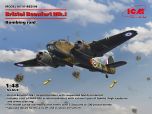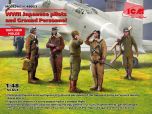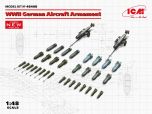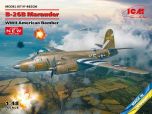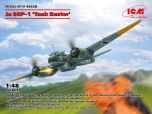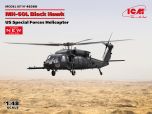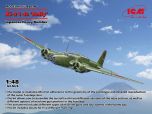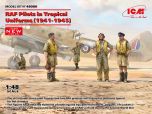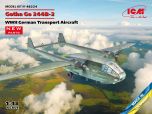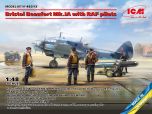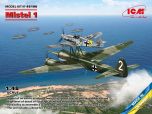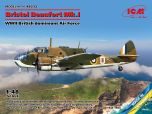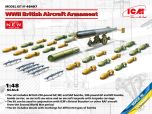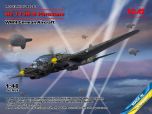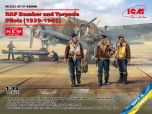ICM 1/48 Polikarpov I-153 with Luftwaffe Pilots and Ground Personnel # 48094
The Polikarpov I-153 "Chaika" was a Soviet biplane fighter developed in the late 1930s, serving during the early stages of World War II.
It was an evolution of the earlier Polikarpov I-15 series and played a significant role in Soviet air forces until more advanced aircraft replaced it.
Despite being somewhat outdated by the time of the war, the I-153 was known for its maneuverability and ruggedness, qualities that allowed it to remain in service under challenging combat conditions.
Key Features:
Design and Construction:
The I-153 was a biplane with a gulled upper wing, giving it the nickname "Chaika" (Russian for "Seagull") due to its wing shape. The gulled design improved pilot visibility and reduced drag compared to traditional biplane configurations.
It was constructed using a combination of metal and fabric, with a metal fuselage frame and fabric-covered wings and control surfaces.
The aircraft featured a retractable landing gear, a relatively advanced feature for a biplane, which reduced drag and gave it a performance boost compared to earlier fixed-gear models.
Engine and Performance:
The I-153 was powered by a Shvetsov M-62 radial engine, producing about 800 horsepower. This engine provided the aircraft with a top speed of around 425 km/h (264 mph), making it fast for a biplane, though slower compared to monoplane fighters that were emerging at the time.
Its excellent maneuverability was one of its greatest strengths, making it highly effective in dogfights, especially at low altitudes where its agility could be maximized.
Armament:
The standard armament of the I-153 consisted of four 7.62mm PV-1 machine guns, mounted on the fuselage. This was a strong weapons load for a fighter of its type.
Some later variants were equipped with RS-82 rockets or bombs for ground attack missions, enhancing its versatility in battlefield roles beyond air-to-air combat.
Combat Use:
The I-153 first saw action during the Soviet-Japanese border conflict at Khalkhin Gol in 1939, where it demonstrated its agility and toughness against Japanese aircraft.
It was also used during the Winter War against Finland and in the early stages of Operation Barbarossa, when Nazi Germany invaded the Soviet Union in 1941. However, by this time, it was increasingly outclassed by more modern monoplane fighters like the German Messerschmitt Bf 109.
Despite being technologically outdated by 1941, the I-153’s rugged design and ability to operate from makeshift airfields made it useful in a variety of roles, including reconnaissance and ground attack.
Strengths and Weaknesses:
Strengths: Its superb maneuverability, particularly at low altitudes, made it an effective dogfighter in close quarters. The retractable landing gear and improved speed over its predecessors were valuable improvements, and its simple construction meant it was durable and easy to repair.
Weaknesses: As a biplane, the I-153 was vulnerable to faster, more modern monoplanes, especially in terms of speed and firepower. Its limited range and relatively light armament also made it less effective in long-range or heavy-combat missions.
Legacy:
While the Polikarpov I-153 was largely obsolete by the time Germany invaded the Soviet Union, it played an important role in the transitional period of Soviet aviation from biplane to monoplane fighters.
The I-153 also represented the last of the Soviet biplane fighter designs. After its service, the focus shifted entirely toward monoplane designs like the Yak-1 and LaGG-3, which became the backbone of Soviet air power during WWII.
Conclusion:
The Polikarpov I-153 "Chaika" holds a significant place in the history of Soviet aviation. Its agility, simple yet effective design, and versatility allowed it to serve in a variety of combat roles during a pivotal period in military aviation history. Though quickly surpassed by newer aircraft, it remains an iconic example of Soviet engineering during the interwar years and early WWII.
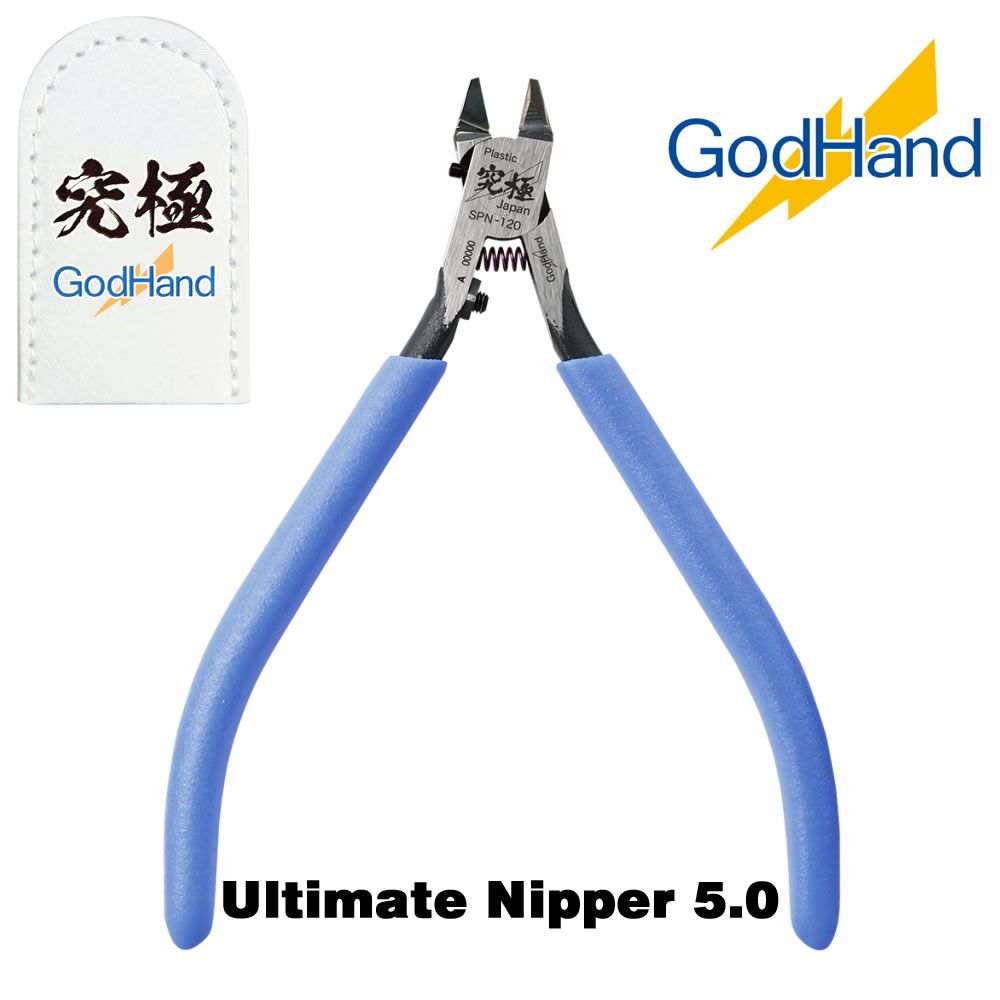








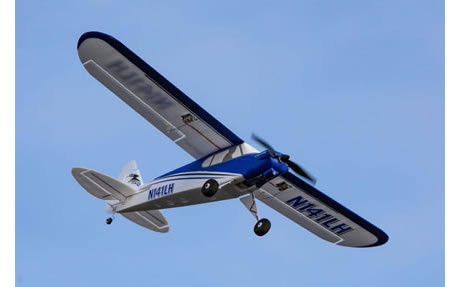
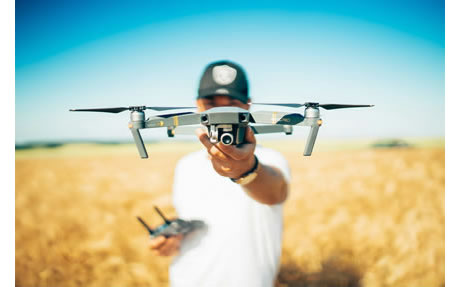










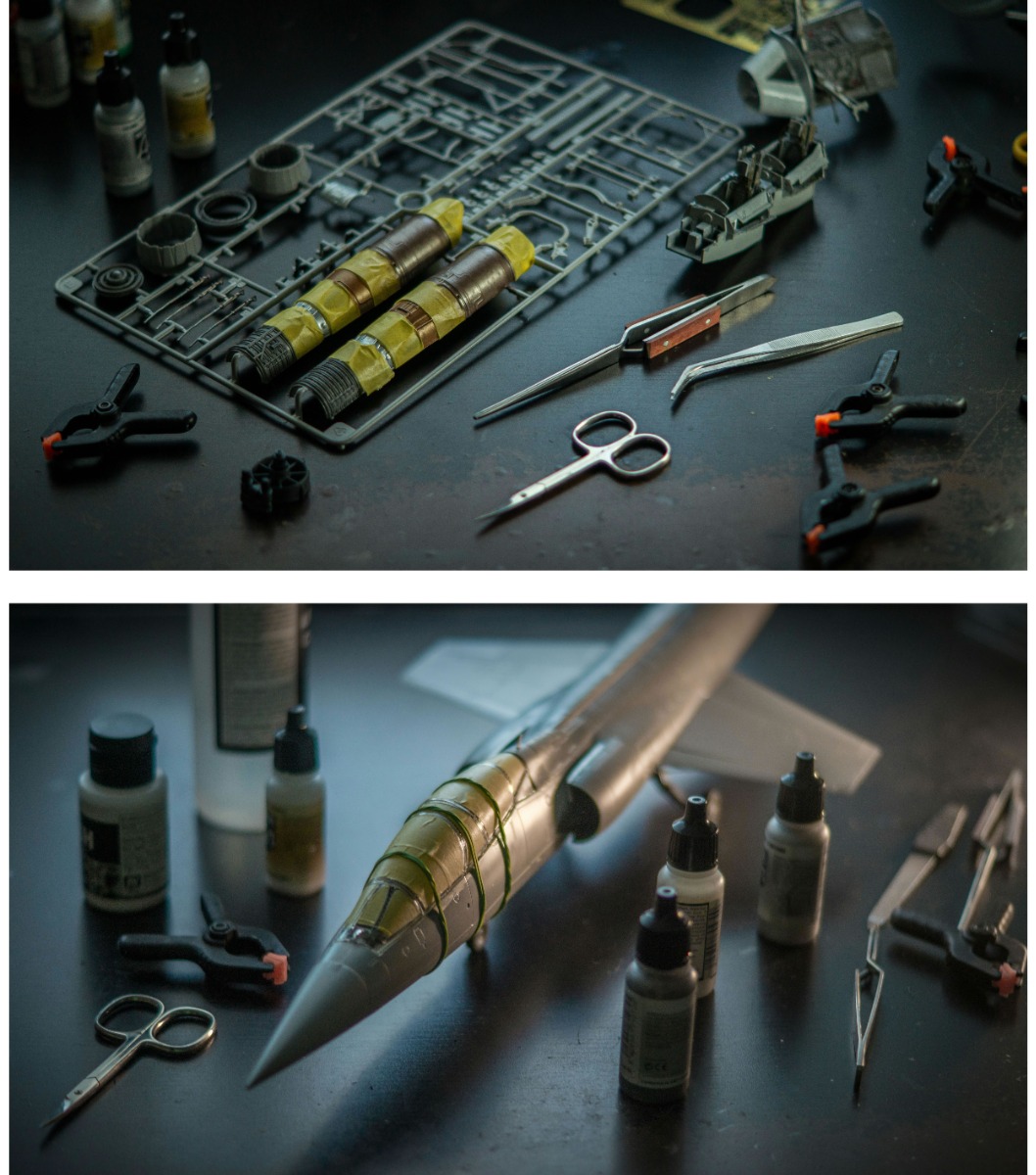
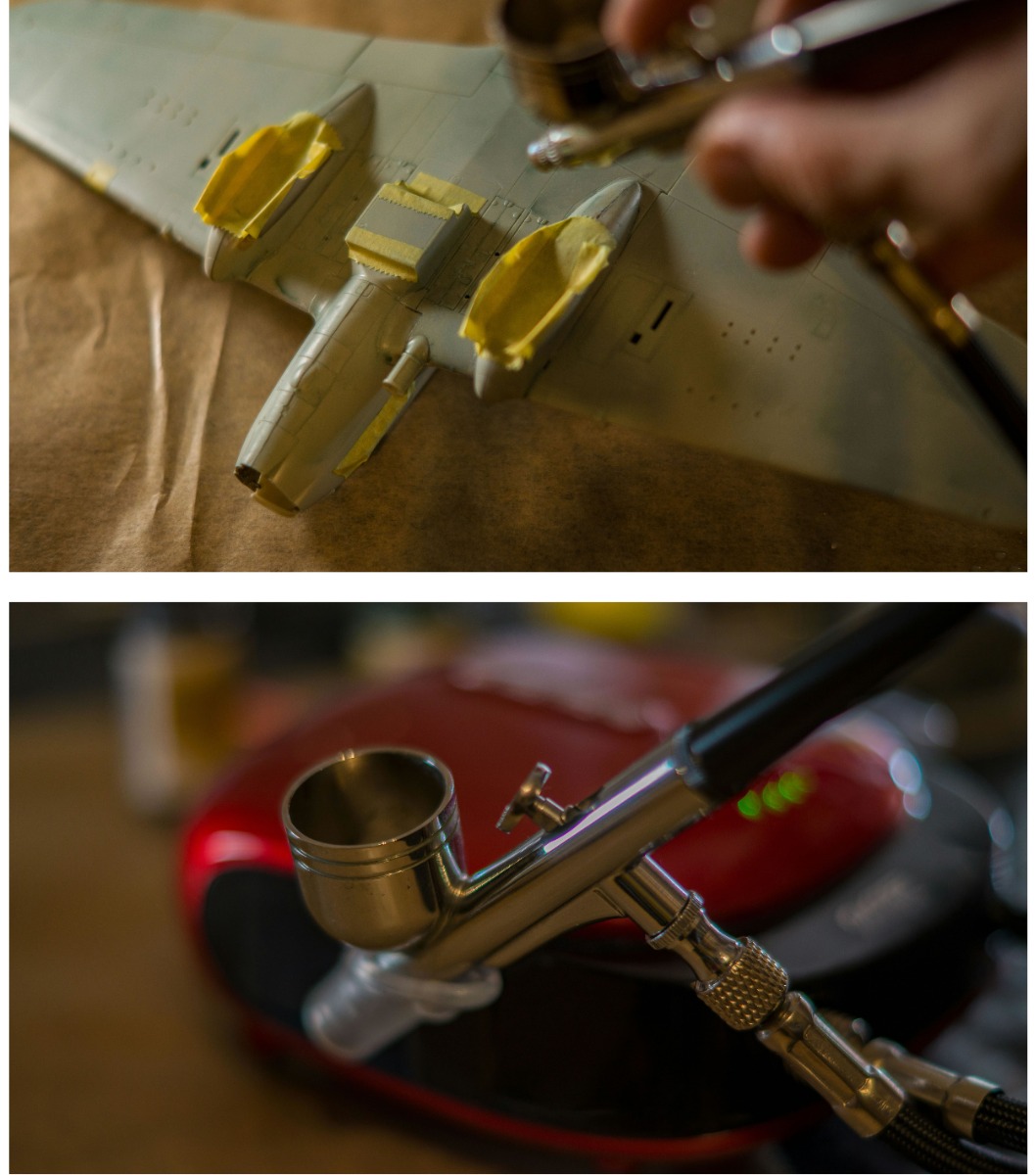
 Spread the cost with Paypal Credit
Spread the cost with Paypal Credit
 Spread the cost with Klarna
Spread the cost with Klarna







